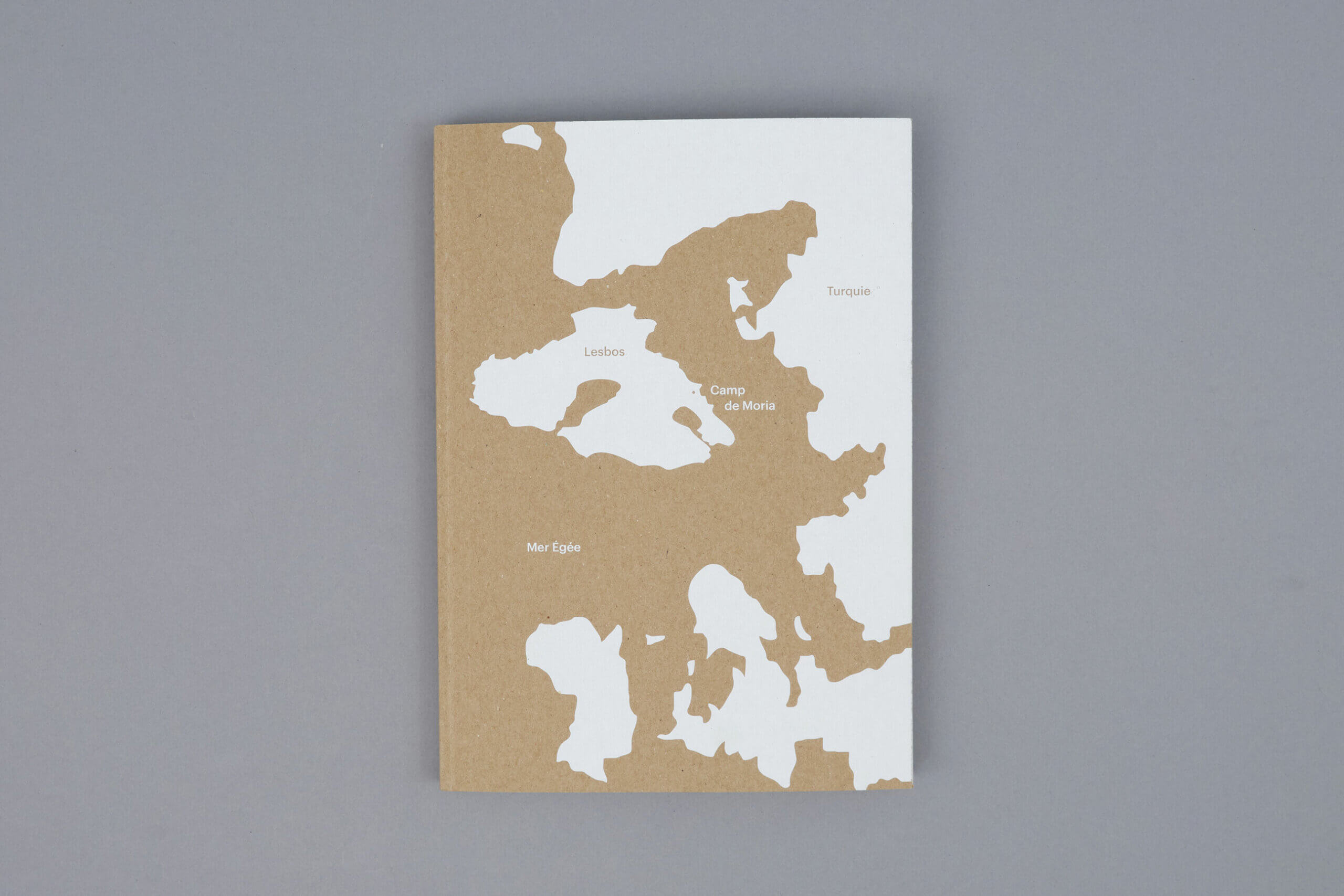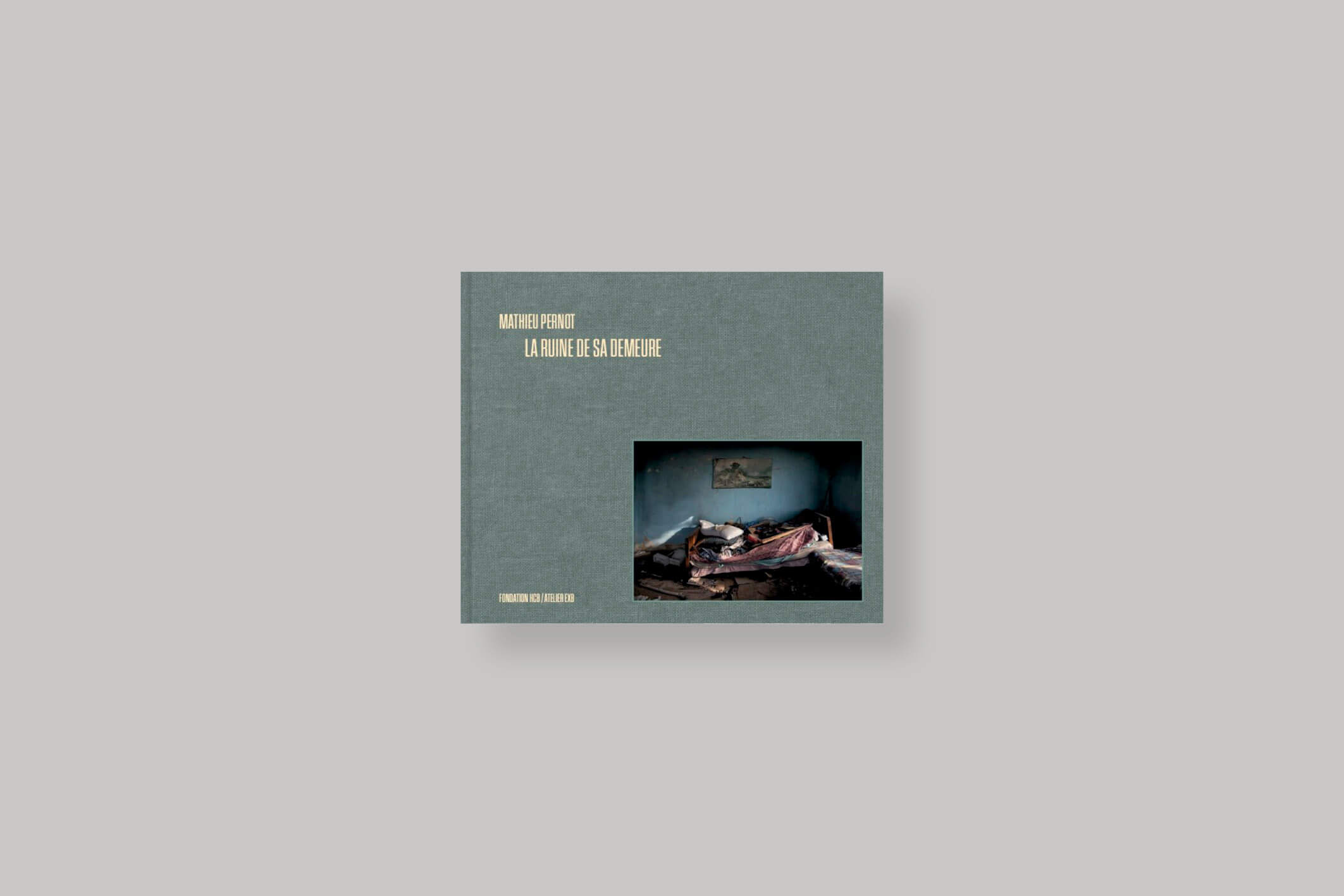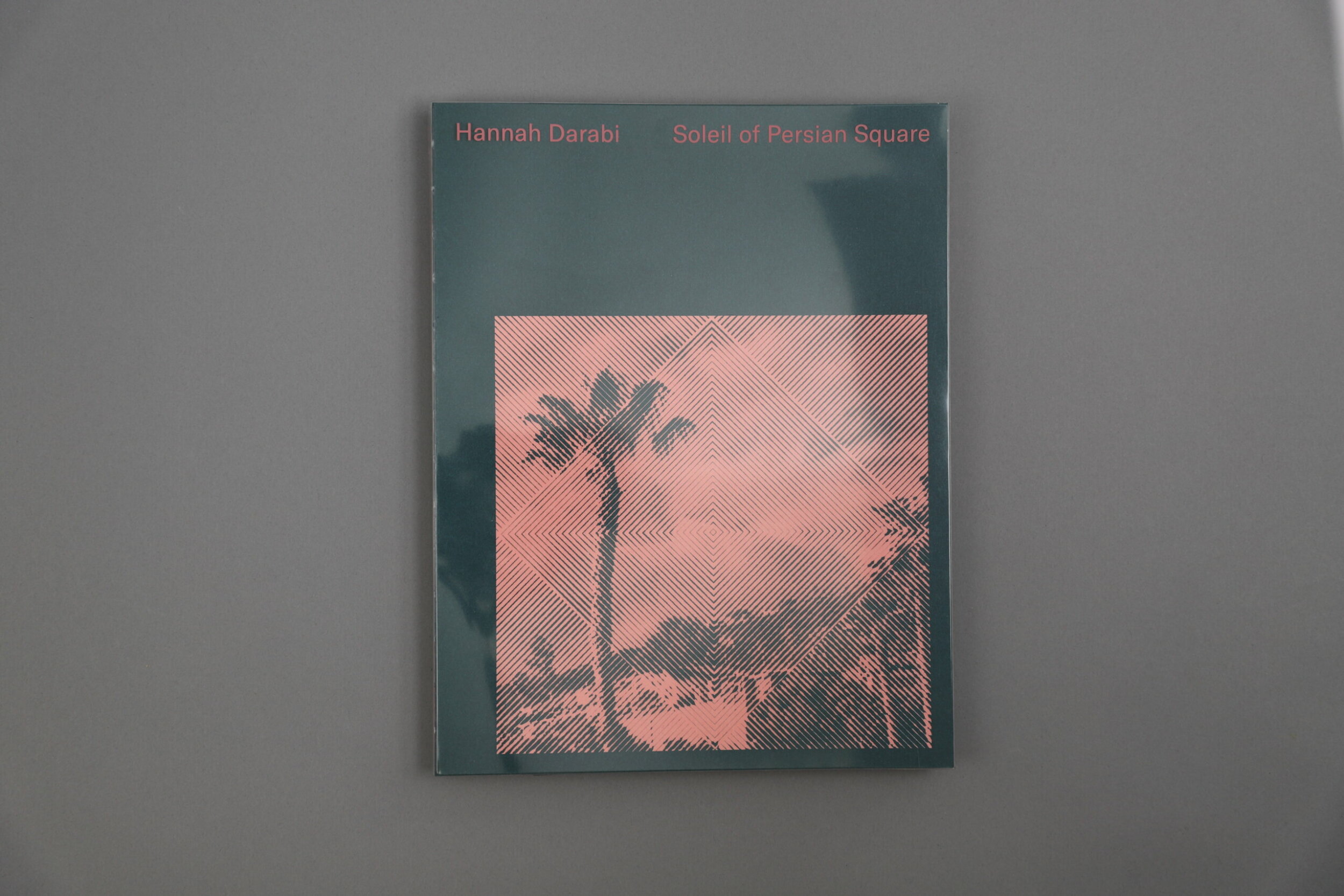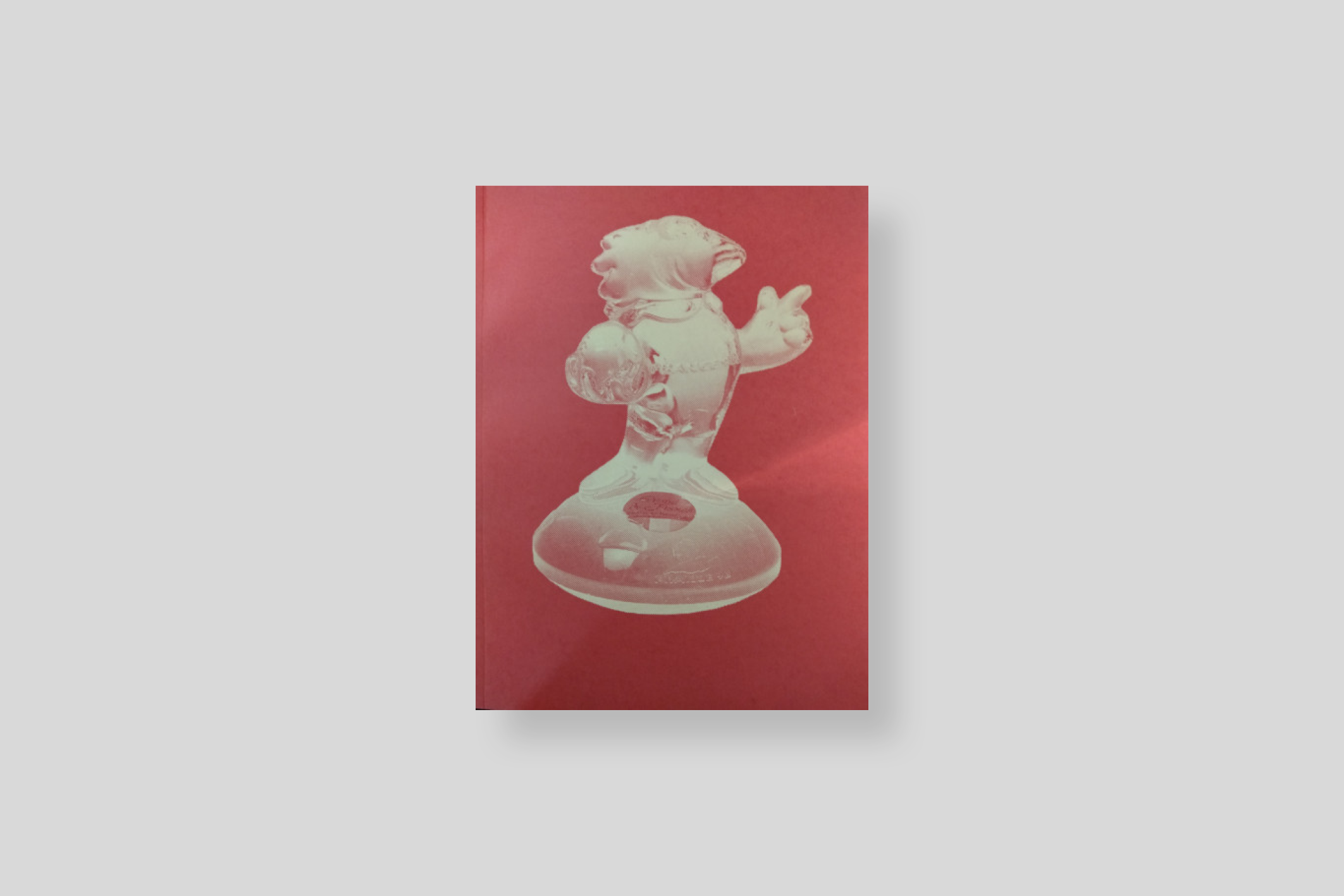
Ce qu'il se passe
24,00€



In stock
Standard delivery 3 to 7 days
Publication date : 2023/05/01
Weight 600 g / Dimensions 15 x 21 cm / 160 pages
ISBN 9791094060407
The facts: the early intuition of one of the directors of the Museum of Brittany that something fundamental is also at stake in applied studio photography—and the decision to collect massively the funds of professional photographers who practice the portrait profession. Since the end of the nineteenth century, they have been responding to this popular expectation and freezing the moments of life, weddings, communions, in family portraits that, accumulated, write another history of photography and society. These photographers are at the bottom of the established hierarchy of art. They respond to commissions, they are also merchants. Mathieu Pernot shares Walker Evans’ intuition that in these vernacular practices, there would be a less condescending form of truth at work, not written by scholars but by the people who experience it on a daily basis. In his first series on the Gypsies in Arles, Mathieu Pernot already had the idea of appropriating a popular process and collecting the photomatons made with the playful complicity of children. Pushing this inversion of the hierarchy to the end, he now finds his “artist” photographs cut out of medallions or displayed outdoors on the tombstones of the Arles cemetery. Art and life have mixed.
Several hundred thousand images of these village studios have been collected by the Musée de Bretagne. Photography was very early linked to these family rituals, sometimes outdated, such as communion—or soon marriage—and became part of the ritual itself, then ritual, often remaining its only testimony. Photographers did not work thousands of miles away from home but often on the street corner, and tried to meet an implicit set of specifications. The image should remain for eternity, the smile and the shiny teeth of the selfie were not then the norm. The clothes were chosen and the pose composed. Some features sometimes to show the success or the profession of the client. The light was not too cruel, without being as pictorial as the bourgeois portraits of the 19th century. The subject is clean and centered, the background according to the situation, the fashion of the moment, the desires or the possibilities. The image was also part of society, it would participate in the creation of the myth of the family and freeze relationships that were intended to be strong—and sometimes were. In a succession of portraits chosen among thousands, there remains the sensation of time that escapes us, of the fragility and aging of the skin or the faces that are hollowed out. And finally the strength of the look that freezes and defies eternity.

Ce qu'il se passe
24,00€

La ruine de sa demeure
45,00€


Soleil of Persian Square
35,00€

Le stade de la lose
28,00€